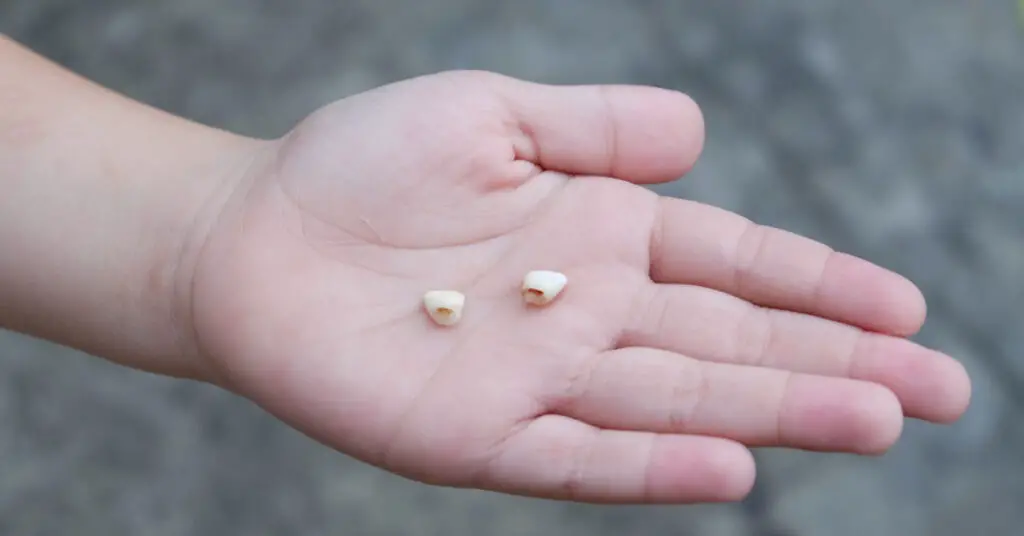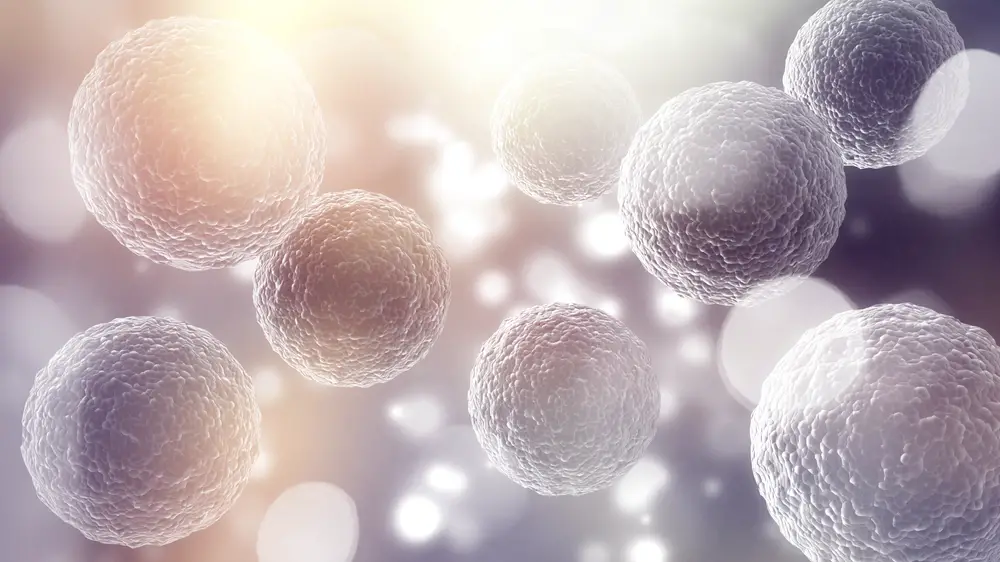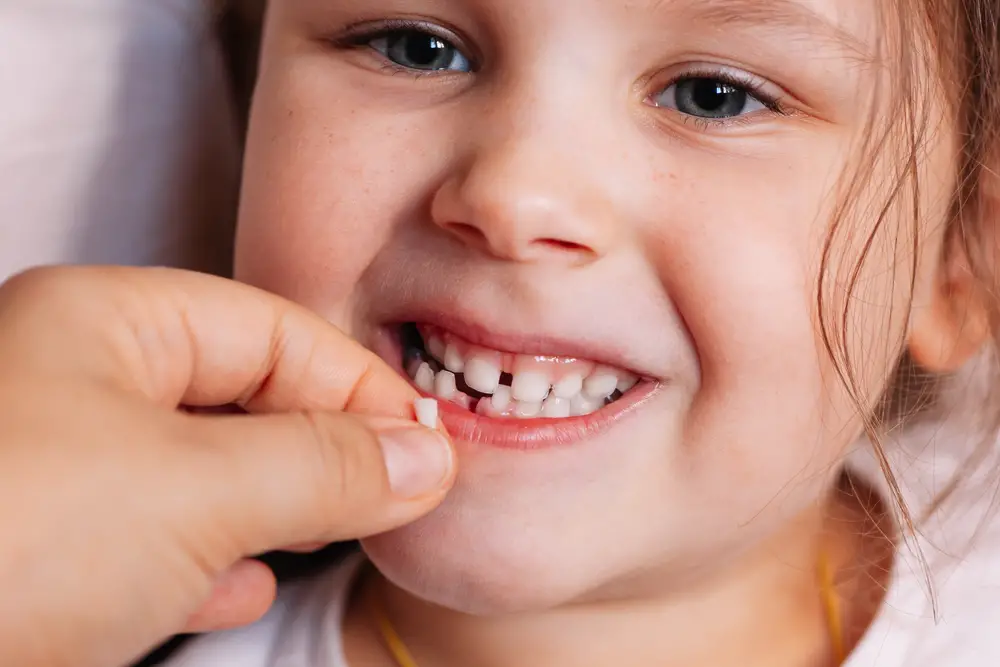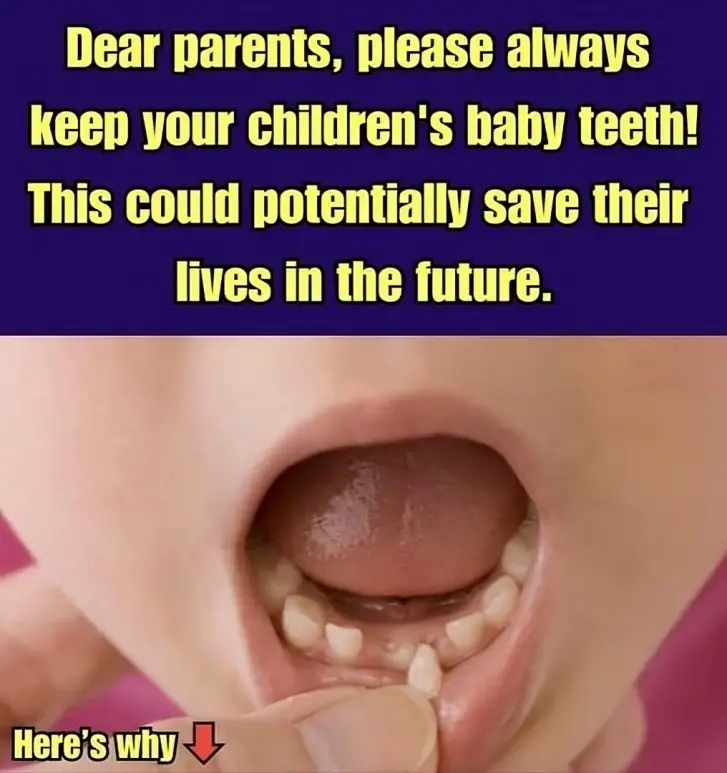Cryopreserving stem cells from baby teeth may seem like something out of a sci-fi movie, but it’s not. Scientists have found that baby teeth contain stem cells, which can help regenerate different parts of the body. Some parents are even saving their children’s teeth for future use in a process called tooth banking.

What Are Stem Cells?
Stem cells are special because they can turn into any kind of cell in the body, like muscle or bone. There are two main types: embryonic stem cells, which come from embryos, and adult stem cells, which are found in adult tissue. The stem cells in baby teeth are called SHED cells, and they have unique properties. Dr. Pamela Robey from the National Institute of Dental and Craniofacial Research explains that SHED cells not only make dentin but also resemble bone.

Baby teeth are a source of stem cells like bone marrow, and some people save them as a kind of biological insurance. However, experts are divided on whether it’s useful right now. Dr. Robey says, “I don’t think it’s a logical thing to do at this moment,” but she also acknowledges that future research might make it valuable.
Stem cells could help with various medical issues, such as regenerating damaged dental pulp, repairing cells harmed by chemotherapy or disease, and treating blood disorders like leukemia and lymphoma. Though stem cells from baby teeth haven’t been tested for these uses, the science shows potential. Dr. Jade Miller, President of the American Academy of Pediatric Dentistry, believes there will be significant applications for this in the future.
Though the research is still in progress, stem cell banks like Store-A-Tooth and ToothBank are now storing baby teeth. You send the teeth to a lab where stem cells are extracted and frozen. However, it’s important to note that tooth banking can be expensive—Store-A-Tooth charges an upfront fee of $1,747 and a $120 yearly fee. Scientists can’t predict when these stem cells will be useful, so it’s a gamble.

A 2018 trial showed that stem cells from baby teeth could help generate dental tissue, but experts agree there’s still a long way to go. While the potential is there, more research is needed before we can truly understand the full possibilities of stem cells from baby teeth.
